#analog cinema
Text




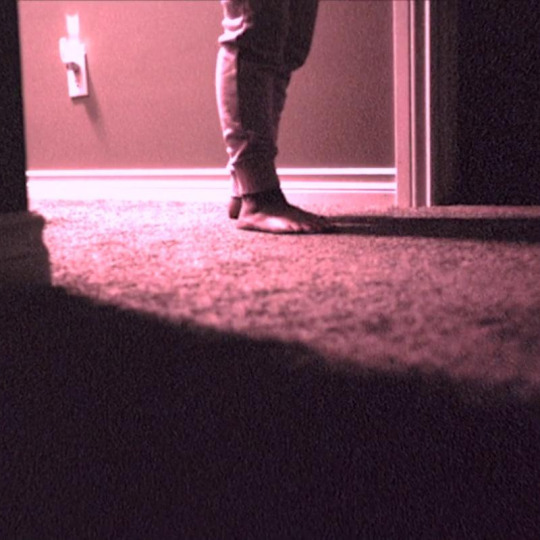
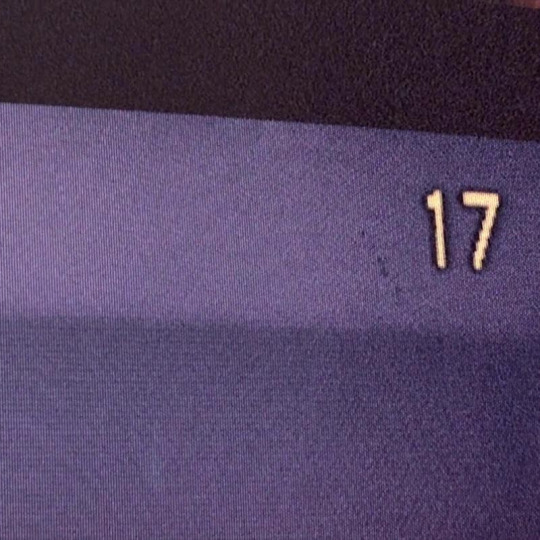
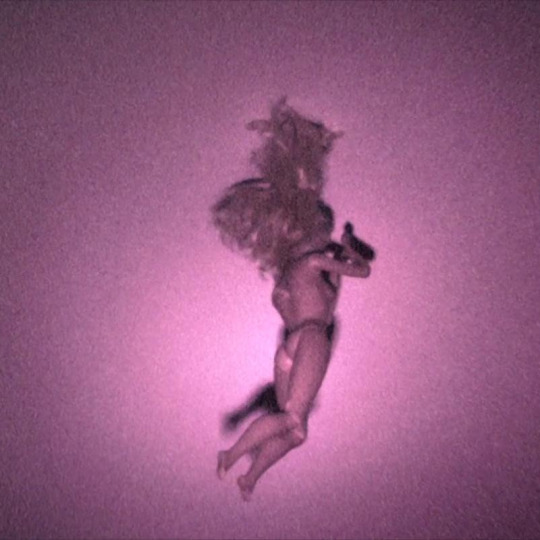
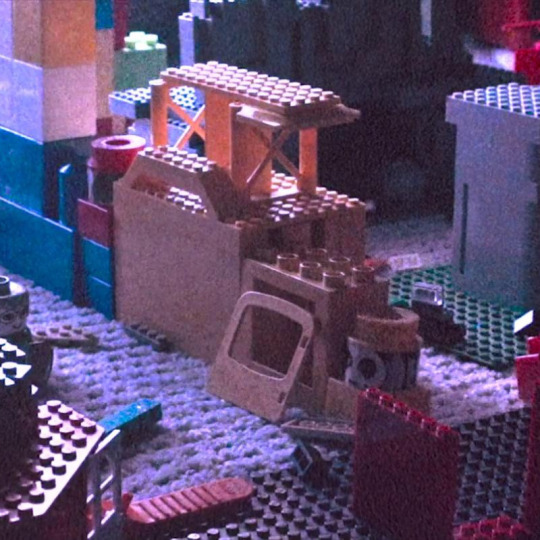
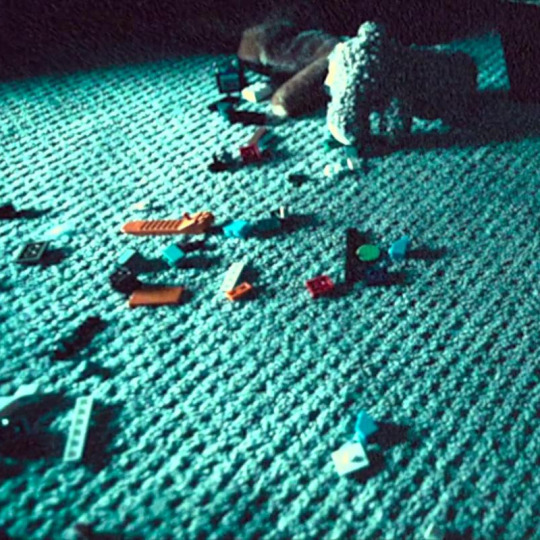
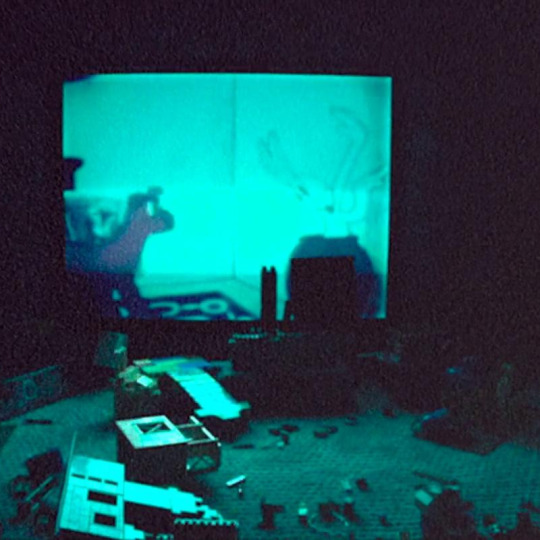
skinamarink (2022) directed by kyle edward bell
"Can we watch something happy now?"
#skinamarink#horror#horror movies#horroredit#moviesedit#filmedit#cinema#horror cinema#horror aesthetic#horror screencaps#analog horror
2K notes
·
View notes
Text
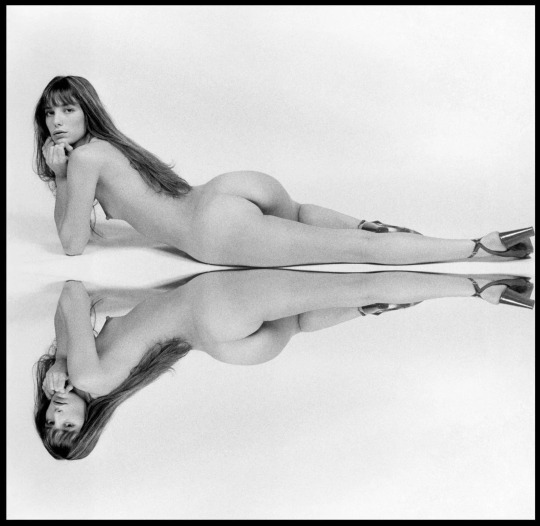
Jane Birkin by Jean Pierre Fizet, 1974
#jane birkin#french#french cinema#french new wave#Jean Pierre Fizet#artistic nude#nude art#experimental photography#photography#art nude#female nude#fashion photography#vintage nude#black and white#black and white photography#black and white nude#monochrome#vintage photography#photoshoot#analog photography
6K notes
·
View notes
Text




December 3, 2022
Mono No Aware Festival of Cinema Arts XVI
718 Studios - Bushwick, Brooklyn, NY
0 notes
Photo


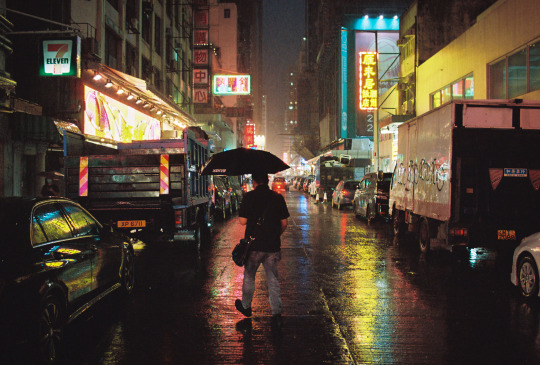

Mong Kok, Hong Kong on Kodak cinema film | by fishmonkeycow
#film#analog#city#hong kong#neon#rain#dark#night#color#street#street photography#urban#urban photography#cinema#cinematic#bladerunner#ghost in the shell#cyberpunk#photo#original photographers#photographers on tumblr#photography#photos
5K notes
·
View notes
Text




𝐕/𝐇/𝐒/𝟐 "𝐓𝐚𝐩𝐞 𝟒𝟗" (𝟐𝟎𝟏𝟑)
(OC)
#vhs2#horror#V/H/S/2#horror movies#horror blog#horror film#horror aesthetic#aesthetic#art blog#found footage#found footage movie#vhs series#static#movie screenshots#movie frames#movies#horror movie#dark aesthetic#horror cinema#film#pov#v/h/s#analog film aesthetic#analog aesthetic#movie blog#horror frames#movie screengrabs#creepy#aesthetic blog#horror blogging
526 notes
·
View notes
Text
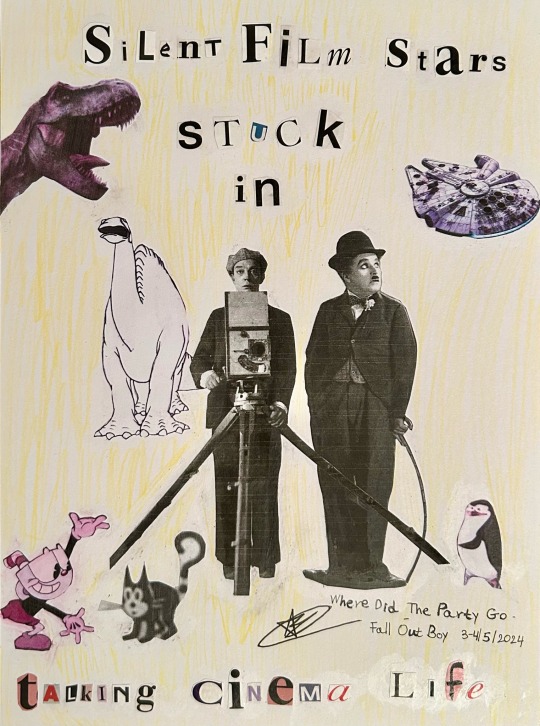
So let's fade away together one dream at a time
#amalia's art#art#artists on tumblr#fall out boy#save rock and roll#where did the party go#fob#fob lyrics#srar#fob fanart#fall out boy fanart#fob art#fall out boy art#fobcreators#collage#collage art#analog collage#fanart#two collages for one song? it’s more likely than you think#sometimes there are lyrics in songs that give me such a vivid image it stays in my head for long periods of time#thinking about ‘talking cinema life’ got me thinking about the evolution of cinema and how far it has come#this was kinda inspired by old movie posters#gertie is the white dinosaur in the back and felix is the cat with the question mark tail#finding good screenshots and photos took the longest I’d say#buster keaton#charlie chaplin#felix the cat#gertie the dinosaur
338 notes
·
View notes
Text

𝐼𝑠𝑎𝑏𝑒𝑙𝑙𝑒 𝐻𝑢𝑝𝑝𝑒𝑟𝑡 𝑏𝑦 𝐻𝑒𝑛𝑟𝑖-𝐶𝑎𝑟𝑡𝑖𝑒𝑟 𝐵𝑟𝑒𝑠𝑠𝑜𝑛 (𝟣𝟫𝟫𝟦).
#isabelle huppert#portrait#henri cartier bresson#b&w#instant photography#art#noir et blanc#french cinema#film photography#cinema#original photographers#film#french actress#intimacy#actress#femcore#analog#female artists#female gaze#artists on tumblr#1990s#paris#b&w photography#artful photography#parisian aesthetic#vogue#parisian style#womanhood#feminine#femininity
56 notes
·
View notes
Note
OUGHG WAIT YOU KNOW ABOUT MARBLE HORNETS ?? SICK
yeah! the quintessential slenderman media imo, its amateur quality only adds to its charm. also have not drawn anything for it in a while, let me remedy that with jay

#marble hornets#ask#watching 9 hours of shaky cam wandering through forest like wow I love slow cinema <3#not huge into found footage/analog horror overall but I did watch sk.inamarink recently and loved it + blai.r witch is a classic
291 notes
·
View notes
Text
Jane Schoenbrun and the Screen Trilogy
Director Jane Schoenbrun’s “Screen Trilogy” seems set to define a period that feels deeply personal to those whose adolescence was shaped by the meteoric rise of the internet and the isolating comfort of technology.
Using a cohesive blend of glowing cool-toned hues, long, lingering shots, and scores and soundtracks that perfectly evoke teen ennui and lonely melancholy, Schoenbrun has used the allure of the screen to craft dreamlike meditations on identity, isolation, and transness that leave viewers feeling so seen.
A quick glance at the tumblr tag, letterboxd reviews, or TikTok videos shows one common thread: Thank you, Jane. And it's well-earned from the beginning. (More under the cut)
With the first installment of the Screen Trilogy, Schoenbrun tackles the questioning of identity through fears generated from unrestricted childhood internet access (something that usually gave the millennial generation something we can never unsee). we’re all going to the world’s fair follows Casey, a teen who partakes in the viral World’s Fair Challenge that leads to an ambiguous separation of self that leaves the audience questioning whether Casey was truly losing herself or merely participating in an elaborate, creepypasta-fueled MMORPG. When speaking about the film with The Hollywood Reporter, Schoenbrun says,
“It really resonated and reminded me of something I went looking for online in my own youth, which was an effort to remove myself from my body and my identity and exist in a space where I could express myself creatively, and perhaps even explore myself personally, outside of ‘the real world.’”
Casey mentions at one point that she can feel herself leaving her body, adding to the overarching theme of dysphoria.
This and many other vulnerable moments are shared through video which is really the only way the audience gets to know Casey, a key piece of information when JLB comes into play. Like us, JLB sees Casey expressing a number of concerning symptoms and thoughts. JLB reaches out to Casey, an adult man reaching out to “save” a teenager he knows nothing about. The adolescents of the internet age know this character all too well.
Between the unspoken disquiet of JLB’s “guardianship” and the time spent with Casey out in the barn in the middle of the night watching ASMR videos with her stuffed lemur, Poe, Schoenbrun’s work reaches out to the kids who, like them, found solace on the internet. We found a world that was bigger than our little towns, we found ways to self-soothe (visual stim videos come to mind as the new ASMR), and sometimes we found people like JLB (we basically made Chris Hansen the hero he is- we love Chris Hansen). For the first time, the isolated, sometimes trans or questioning, internet kid in us felt seen.
Schoenbrun slapped us with nostalgia again in 2024’s I Saw the TV Glow, a magenta-saturated amalgamation of teenage ennui and suburban melancholy that pushes through your ribcage, reaching for your heart without you even noticing until 2/3 of the way through, your frantically beating heart is ripped from your chest among screaming tv static and sparks, leaving you silent in the face of wails of unimaginable pain and need.
Soft-spoken 7th grader Owen meets 9th grader Maddy who’s reading the episode guide for The Pink Opaque- a Buffy-style 90s paranormal teen show Owen has only caught glimpses of, but that he’s totally fascinated with. The two watch an episode together, and as Maddy leaves Owen tape after tape to watch on his own, the pull of The Pink Opaque becomes impossible to ignore.
Schoenbrun is open about it- “I really did live and breathe Buffy the Vampire Slayer. I cared about Buffy more than I cared about my real life”. The same was true for a lot of us. Millennial kids weren’t quite the latchkey kids of the 80s but also weren’t yet the iPad kids of the late 00s. Parents were still learning how to parent and were either too controlling (like Owen’s parents) or too absent (like Maddy’s). Piggybacking on the theme of identity from world’s fair, the kids that didn’t see themselves reflected in popular media or the cliques at school would become masters of escapism, using books, movies, or TV shows like Buffy (it was Charmed for me) to create an inner world where they felt safe, wanted, seen.
Where world’s fair is about the loss and search for identity, I Saw the TV Glow tackles the question of “what next?” What do you do when you know time isn’t moving right, that life isn’t supposed to feel like this? When you learn exactly how to fix it but it sounds absolutely terrifying and insane?
Maddy has no hesitation. “I’m getting out of this town…I’ll die if I stay here. I don’t know how or when exactly, but I know it’s true.” Owen, like Isabel in The Pink Opaque, Maddy says, is afraid of what’s inside him. In Variety, Schoenbrun comments on their differences.
“What we experience through Maddy is this ultimate self-liberation: you have to destroy yourself totally in order to be reborn as who you really are. … Maddy knows that there’s somewhere where she can be full and it’s not worth staying in this place.”
The film encloses a number of deeply disturbing, viscerally upsetting scenes in monologues that connect the audience with feelings of dysphoria, of the disjointed way trans people experience time, and the fear of that time running out in conjunction with the fear of the future. Like world’s fair, the conclusion is ambiguous, but more hopeful in its way. It acknowledges the pain, the fear, the sheer exhaustion of transitioning, but proves it as a method of survival, and reassures the audience, “there is still time”, before leaving them with a cut to pink static where they can cry it out to some Frances Quinlan.
Not too much is known about their third installment, Teenage Sex and Death at Camp Miasma, but Schoenbrun explains that it both pays homage to and critiques the lineage of trans and queer villains as sexual deviants. The New Yorker sums it up as follows:
“[Teenage Sex and Death at Camp Miasma] follows a queer filmmaker hired to direct a new installment of a long-running slasher franchise. The director fixates on the prospect of casting the “final girl” from the original movie, and the two women descend into a frenzy of psychosexual mania.”
Slated to be gorier and funnier (thank God) than the previous installments, Schoenbrun is now turning to the aftermath of transition and the reclaiming of identity through sex, an important and often overlooked facet of transness. They’ve also sold a book, Public Access Afterworld, originally meant to be a TV show but now taken down in literary form. Schoenbrun hopes it will rival franchises like Sandman or Lord of the Rings in its scope, finally giving trans media an epic of its own.
All this fan can say is I can’t wait.
Sources:
Jane Schoenbrun Finds Horror Close to Home | The New Yorker
'I Saw the TV Glow' Director Jane Schoenbrun on A24 Film's Trans Meaning (variety.com)
How We’re All Going to the World’s Fair Grew Out of Internet’s Subconscious (hollywoodreporter.com)
#i saw the tv glow#jane schoenbrun#we're all going to the world's fair#trans cinema#trans film#the screen trilogy#horror#analog horror
34 notes
·
View notes
Text

[̲̅Hïgh†ower
#glitch#webcore#glitchart#internetcore#postglitch#databending#runway#gen2#processing#cinema#analog#glitch art#glitch aesthetic#magic#arcana#magiccore#realmcore#occult#circuit bending#glic#cybercore#techcore#hightower
159 notes
·
View notes
Text
impresionante, sublime, desgarradora y trascendente

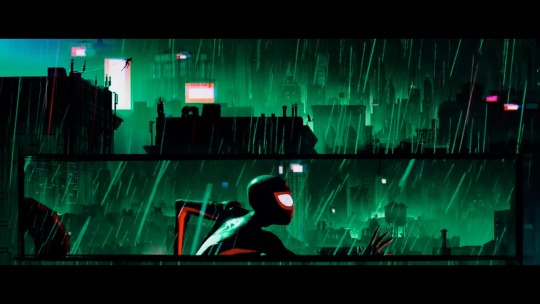
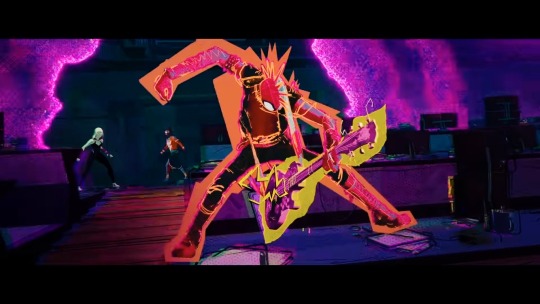
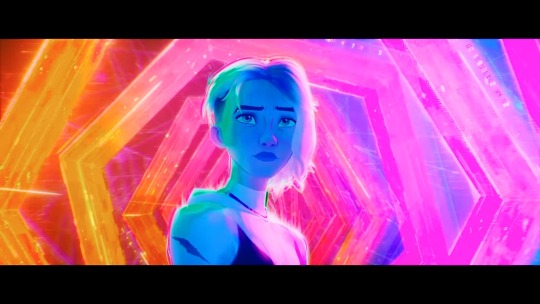


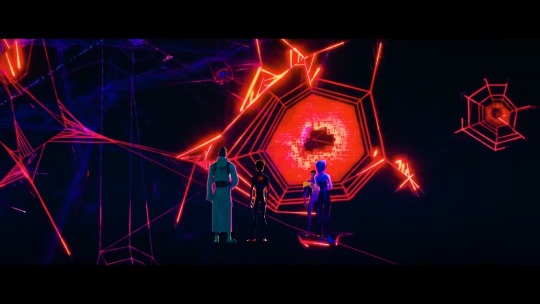
#cinema#cinemetography#film review#movie quotes#movie review#movies#35mm#analog#b&w#cameras#spiderman#across the spider verse spoilers#across the spiderverse#miles molares#spider gwen#miguel ohara#the spot#spider punk#spiderverse
229 notes
·
View notes
Photo




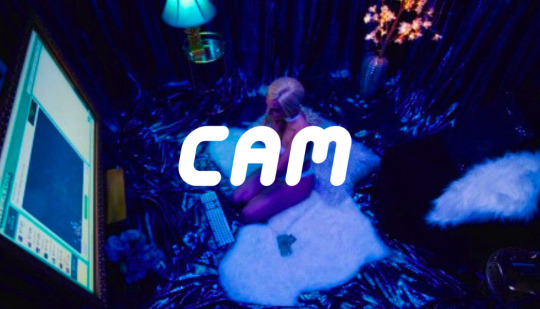


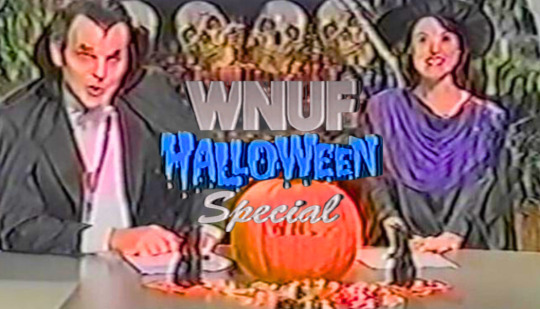
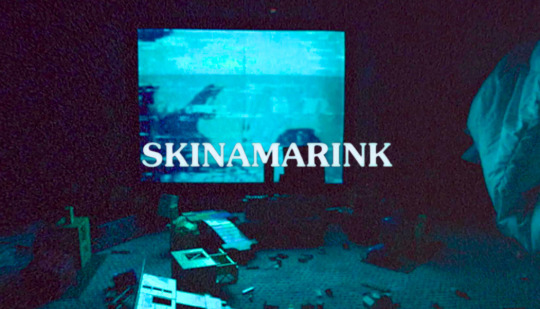

horror sub-genres • analog horror
analog horror is commonly characterized by low-fidelity graphics, cryptic messages, and visual styles reminiscent of late 20th-century television and analog recordings. it is named "analog horror" because of its aesthetic incorporation of elements related to analog electronics, such as analog television and VHS, the latter being an analog method of recording video. analog horror could be regarded as a type of creepypasta.
#the blair witch project is considered kinda one too#but i picked ringu because i already included tbwp on my found footage edit#horror#horror movies#analog horror#the last broadcast#the poughkeepsie tapes#broadcast signal intrusion#be my cat: a film for anne#cam#noroi: the curse#ghostwatch#wnuf halloween special#shinamarink#ringu#moviesedit#horroredit#filmedit#cinema#horror sub-genres
2K notes
·
View notes
Text
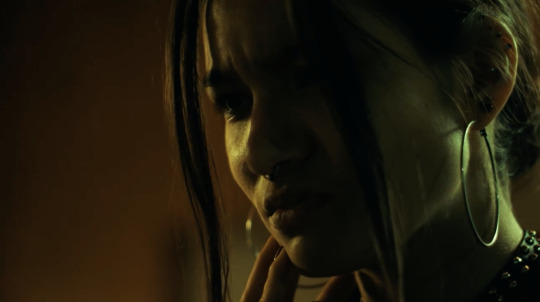
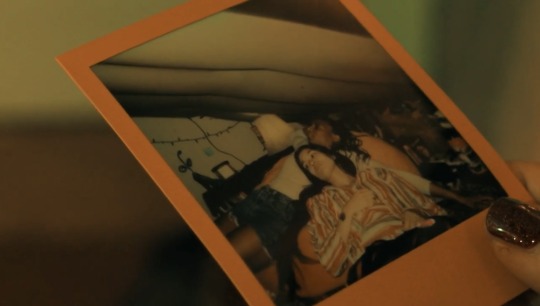
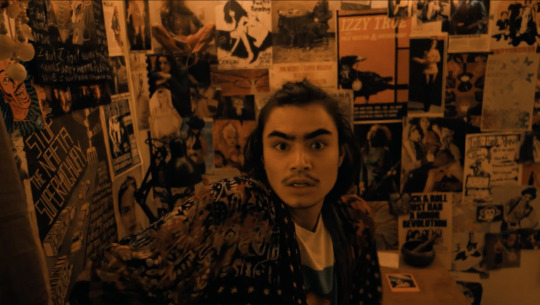
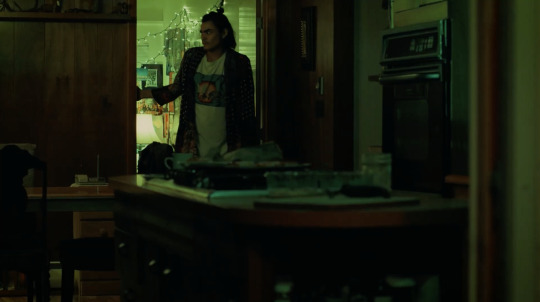

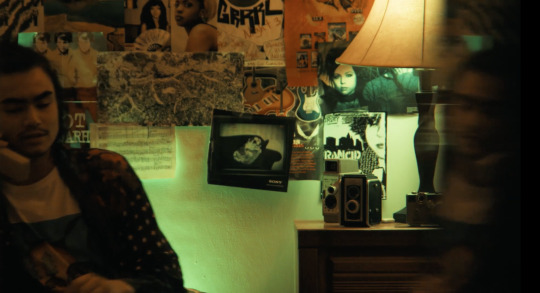




Irregular Feminine Forms (2024), dir. Emma Underwood
#trans horror#trans actor#new weird#new weird horror#nonbinary actor#horror short#short horror#independent films#lgbt cinema#lgbt films#lgbt horror#queer horror#90s aesthetic#90s horror#vhs#analog#can you tell im trying to get eyes on this one lol
44 notes
·
View notes
Photo

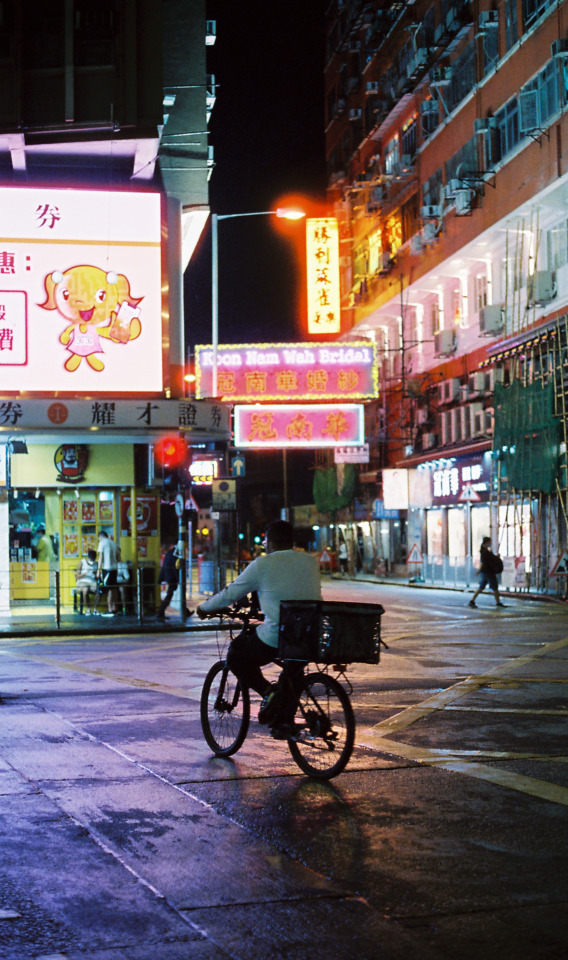


A city that never sleeps | by fishmonkeycow
#film#city#analog#night city#night#moody#bladerunner#ghost in the shell#cyberpunk#cinema#cinematic#photo#original photographers#photographers on tumblr#photography#photos
2K notes
·
View notes
Text

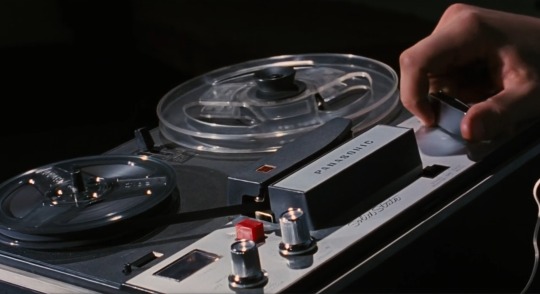
𝐄𝐯𝐢𝐥 𝐃𝐞𝐚𝐝 (𝟏𝟗𝟖𝟏)
𝐃𝐢𝐫. 𝐒𝐚𝐦 𝐑𝐚𝐢𝐦𝐢
(OC)
#evil dead#horror#horror aesthetic#ash williams#horror blog#bruce campbell#sam raimi#evil dead 1981#aesthetic#american gothic#horror movies#cinema#film#horror film#cinematography#film stills#movie screenshots#analog media#horror blogging
108 notes
·
View notes
Text
Suite de Hannah dans la loggia à la salle de bain au film triX pan
#portrait#ombre#noir et blanc#chevelure#cheveux#nu#films#super_huit#cinema#analog#analogique#mouvement#super 8
35 notes
·
View notes